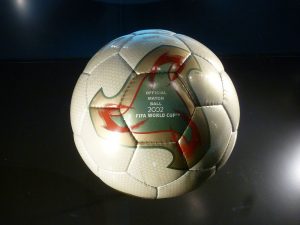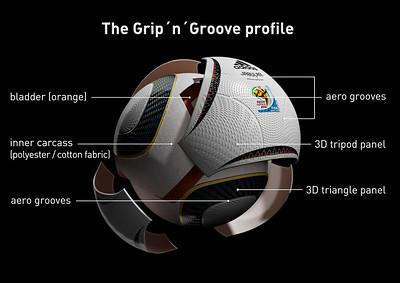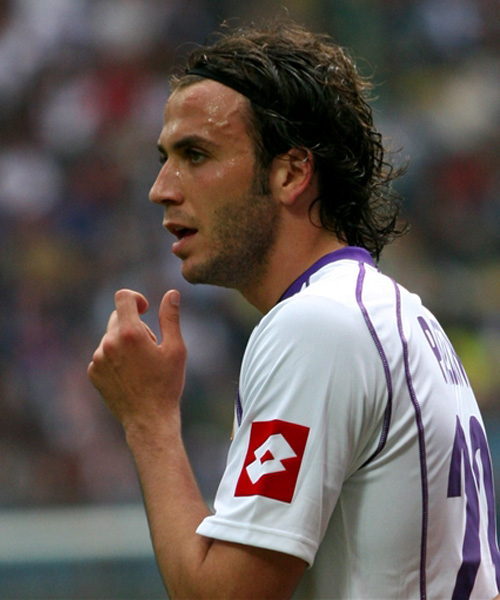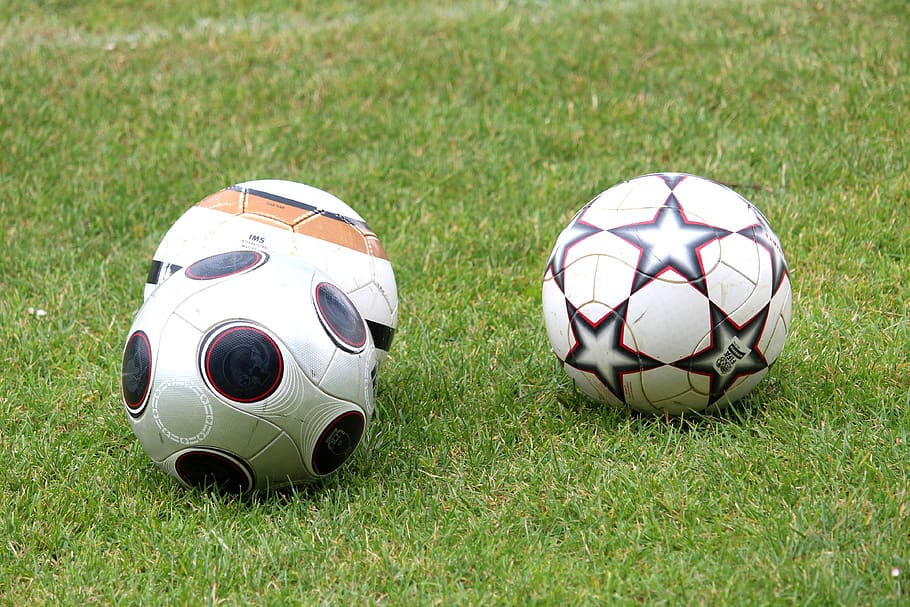featured image from pxfuel.com
High-Tech Footballs
If I ask you what is the most significant aspect of football, how would you answer? Is it players, managers, clubs, goalposts…Well, I think one of the most important things in football is a ball. Well, the reason you can’t play football without a catch. Sounds so simple right? However, a football may not be that simple as you think thanks to advanced technology. I know we have some referees out of the pitch nowadays so a hight-tech football may not be so surprising.
If we are going to talk about footballs, then I would like to start about the very first football and how the design made to be played in an actual football game. Well, the Football Association in England has set the exact measures of a football.
These measures still are in use by FIFA when it comes to making football that is going to take part in a professional football game. The FA, back in the day, decided that a football should be in the form of a perfect sphere and it should have the circumference of between 27-28 inches.
It is possible to say back then the measures were vital for a ball. However, nowadays, footballs have unique designs for themselves in terms of the technology behind those balls to be an optimal football in an actual game.
Let’s see how footballs have evolved over the years.
Fevernova and Jabulani
There were some specifically designed balls. Back in the day, Adidas released two models official match ball for world cup 2002 and 2010.
Fevernova was released officially by Adidas for world cup 2002. Besides its Asian based design, Fevernova had a unique style for the early 2000s. Each hexagon on the ball connected by thee points. Fevernova also had syntactic foam layer to optimize the ball in terms of performance.

Adidas also released Jabulani after eight years for the world cup 2010. The ball formed by eight spherically moulded panels. It has a textured surface intended to improve aerodynamics.

image from flickr.com
Apart from their unique design and technology, these two balls have something in common. Their common point is being controversial. They were specifically made to be the improved version of a regular football to improve the quality of the game. However, in contrast, they ended up one of the two most controversial footballs in world cup history.
The main criticism on the balls is quite similar. They are considered way too light and change direction quickly. Therefore it was a nightmare for both players who shoot and the keepers who try to save it. Juventus and Italy legend goalkeeper Buffon criticized the Fevernova as if it was a bouncing ball to highlight how light it was.
The same criticism appeared after eight years for Jabulani. It was too light, as well. Though it,s unpredictable movement resulted in some spectacular goals in the world cup history, it was in more controversial than vuvuzelas and referee decision in the world cup 2010.
Goalkeepers, defenders, forwards, no matter what their positions are, many football players complained about Jabulani.

Regardless of the complaints and critics, footballs keep evolving each day. Not too long from today, only 4 years ago, Adidas launched a smart ball call Micoach. Unlike Fevernova and Jabulani, this smart ball was not for an official football competition. The technology uses sensors in the ball so that the ball could receive a signal from the field to see the balls position all the time. By this way, players can improve since the ball gives feedback about your shooting technique in terms of speed, power, spin etc. to optimize your shooting technique. They will not be in professional games. Well, at least for a while. I can see it happening in 10 years.

Image from flickr.com
I wonder how advanced technology will impact the evolution of footballs because balls are optimized as possible as technology allowed them even 18 years ago. Now today we have balls provide feedback to us so that we can kick the ball better. Maybe flying footballs in the future?. Well, that’s what they said 20 years ago for cars, and we don’t have them yet. So, I don’t see it happening for a while. However, technology keeps evolving, and I wonder how will change the future of soccer balls.

